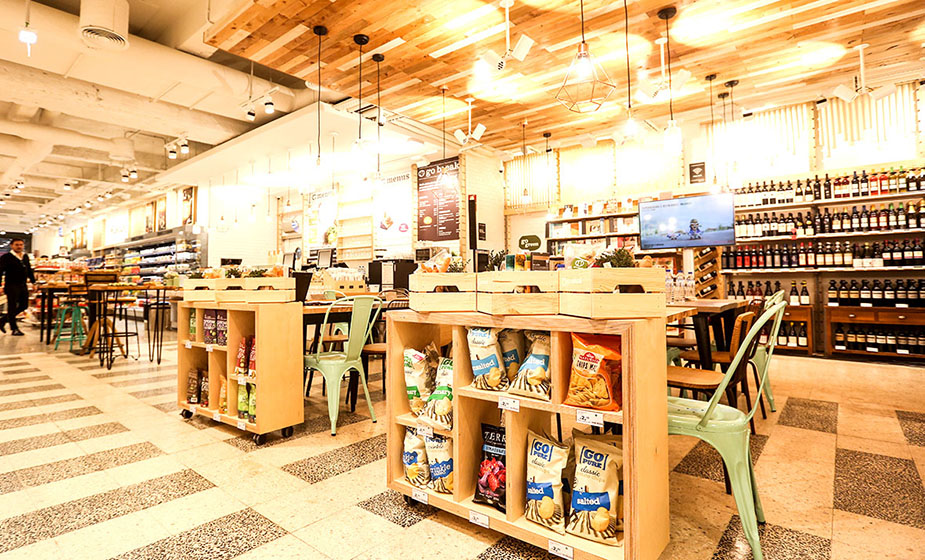The Challenge Of Retail: Improving The Shopping Experience
Today’s shopping experiences are very different to those of the past. Customers currently demand many things that didn’t even exist before, but this isn’t the only thing they want, experiences have also changed too.
Nowadays customers are used to doing easy and fast transactions online, so at stores they are looking for something more than just a place to make a purchase. They want to live an experience that’s meaningful and one that makes it worth investing time and energy.

What Can A Brand Do To Innovate The Shopping Experience?
Shopping experiences don’t happen just when the person shows up to a store, chooses an item, and purchases it. This is no longer the norm, and currently, the shopping experience includes a lot more, both before and after.
A shopping experience today, and in line with modern users, starts well before the transaction, with promotional activities and marketing on traditional communication platforms, and more so now than ever, on social networks. These new mediums allow us to connect with the public and create brand loyalty.
In fact, if the customer finds differences among a brand’s different communication channels, this will not only cause disorientation and confusion, but also it’ll be a disappointment, which could affect seriously the brand’s profits.
At the moment of purchase, more leisure and entertainment elements are increasingly introduced to physical stores, which complements the basic acquisition of the product. Also, more and more elements like augmented reality and connectivity with customers are appearing, to offer a complete experience.
In addition to improving the actual shopping experience, these actions are defended in practical terms: the more time customers spend in a store, the more likely it is that they will make a purchase.
However, the shopping experience goes beyond just entertainment. There are a lot of other aspects that influence the experience: furniture, the design of spaces, packaging, payment experiences, signage, etc. All of this forms part of a package that is perceived by the customer, and it doesn’t stop when they receive or take away the product, but continues with the post-sales services and relationships that brands keep maintaining with their users through different communication channels.
That’s why when we talk about improving the shopping experience we have to find a solution that provides value to customers. In the words of Santafé, “Innovation isn’t just about the technology itself, nor its development, but rather it’s how this technology is applied to new needs”.
By taking into account the entire process, from the first point of contact to brand loyalty fostered after the transaction, we can succeed in overcoming this challenge, one that is as important to retail as the shopping experience.